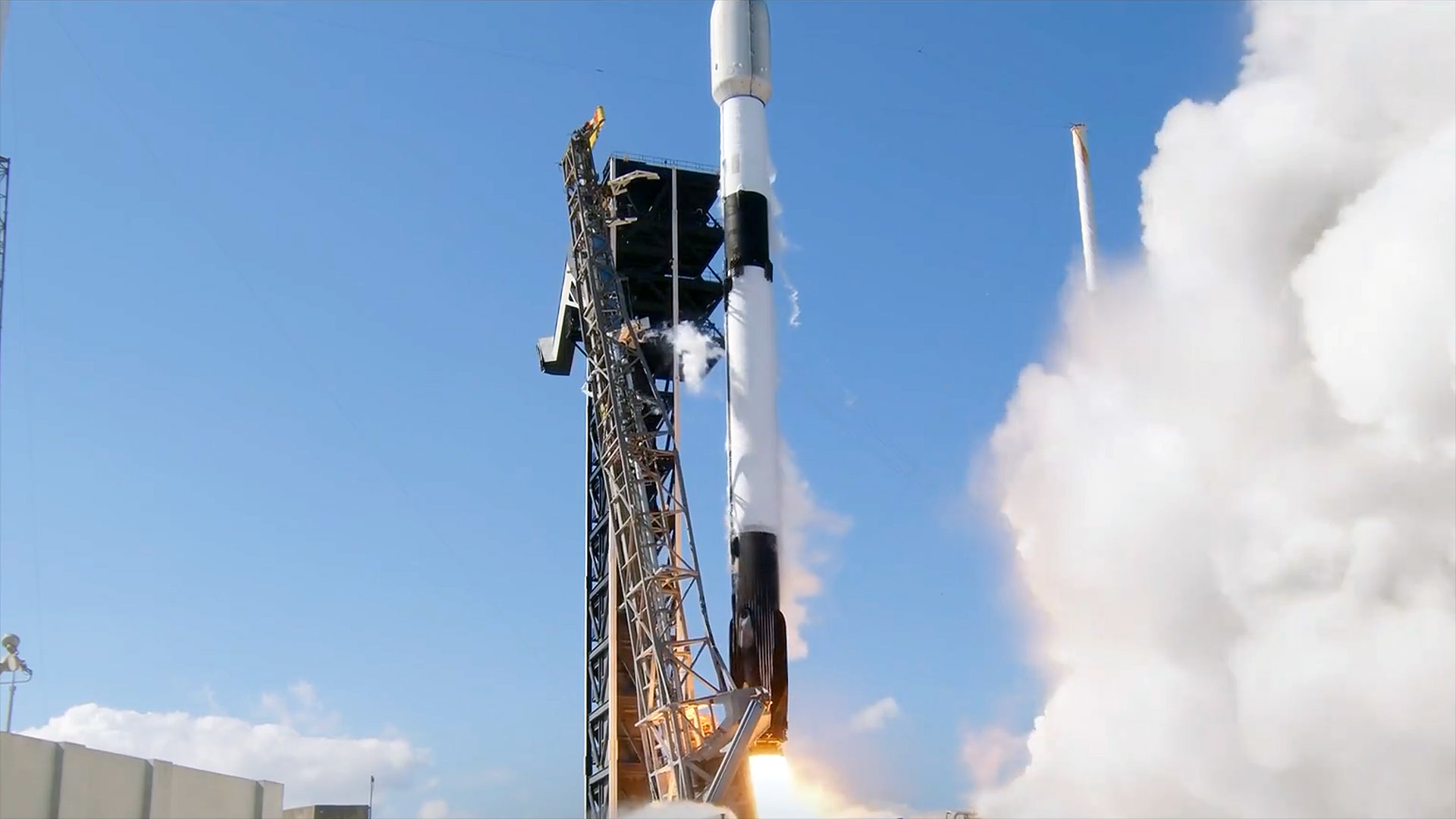A Beginner’s Guide to AWS Academy
My AWS Learning Journey: First Session at AWS Academy Today was my first session at AWS Academy, and it was an exciting start to my cloud computing journey. Our professor introduced us to the world of cloud computing through AWS and explained how AWS Academy works. What is Cloud Computing? Cloud computing is a technology that allows users to store and access data, applications, and services over the internet instead of using physical hardware. It follows a pay-as-you-go model, which means users only pay for the resources they use. This makes cloud computing cost-effective and scalable, making it a preferred choice for businesses and individuals. What We Learned Today In today’s session, our professor explained the structure of AWS Academy and how it helps students learn cloud computing. We explored the AWS Academy dashboard, which provides access to various learning materials, modules, and study resources. We also learned about different AWS certifications and how to prepare for certification exams. Modules We Will Be Studying We will be studying AWS Academy Cloud Foundation, which consists of the following modules: Cloud Concepts Overview – Understanding the basics of cloud computing. Cloud Economics and Billing – Learning about pricing models and billing structures in AWS. AWS Global Infrastructure Overview – Exploring AWS data centers and global network. AWS Cloud Security – Understanding security features and best practices. Networking and Content Delivery – Learning how AWS handles networking and content distribution. Compute – Exploring AWS compute services like EC2 and Lambda. Storage – Understanding AWS storage options like S3 and EBS. Databases – Learning about AWS database services such as RDS and DynamoDB. Cloud Architecture – Understanding how to design scalable cloud solutions. Automatic Scaling and Monitoring – Exploring tools for scaling and monitoring AWS applications. Certification Path Once we complete all the modules, our college will conduct an exam. If we pass, we will be eligible to take the AWS Certified Cloud Practitioner exam, which is an entry-level certification for cloud computing. My Thoughts The first session was very informative and helped me understand the basics of cloud computing and AWS Academy. Learning about the pay-as-you-go model made me realize how businesses can save costs while scaling efficiently. The structured modules will help in gaining a solid foundation in cloud computing, and I am looking forward to learning more in the upcoming sessions. This is my first time writing a blog, and I'm excited to document my AWS learning journey. I hope this blog will help others who are new to AWS and cloud computing. Looking forward to the next session! Stay tuned for more updates as I continue my AWS learning adventure!

My AWS Learning Journey: First Session at AWS Academy
Today was my first session at AWS Academy, and it was an exciting start to my cloud computing journey. Our professor introduced us to the world of cloud computing through AWS and explained how AWS Academy works.
What is Cloud Computing?
Cloud computing is a technology that allows users to store and access data, applications, and services over the internet instead of using physical hardware. It follows a pay-as-you-go model, which means users only pay for the resources they use. This makes cloud computing cost-effective and scalable, making it a preferred choice for businesses and individuals.
What We Learned Today
In today’s session, our professor explained the structure of AWS Academy and how it helps students learn cloud computing. We explored the AWS Academy dashboard, which provides access to various learning materials, modules, and study resources. We also learned about different AWS certifications and how to prepare for certification exams.
Modules We Will Be Studying
We will be studying AWS Academy Cloud Foundation, which consists of the following modules:
- Cloud Concepts Overview – Understanding the basics of cloud computing.
- Cloud Economics and Billing – Learning about pricing models and billing structures in AWS.
- AWS Global Infrastructure Overview – Exploring AWS data centers and global network.
- AWS Cloud Security – Understanding security features and best practices.
- Networking and Content Delivery – Learning how AWS handles networking and content distribution.
- Compute – Exploring AWS compute services like EC2 and Lambda.
- Storage – Understanding AWS storage options like S3 and EBS.
- Databases – Learning about AWS database services such as RDS and DynamoDB.
- Cloud Architecture – Understanding how to design scalable cloud solutions.
- Automatic Scaling and Monitoring – Exploring tools for scaling and monitoring AWS applications.
Certification Path
Once we complete all the modules, our college will conduct an exam. If we pass, we will be eligible to take the AWS Certified Cloud Practitioner exam, which is an entry-level certification for cloud computing.
My Thoughts
The first session was very informative and helped me understand the basics of cloud computing and AWS Academy. Learning about the pay-as-you-go model made me realize how businesses can save costs while scaling efficiently. The structured modules will help in gaining a solid foundation in cloud computing, and I am looking forward to learning more in the upcoming sessions.
This is my first time writing a blog, and I'm excited to document my AWS learning journey. I hope this blog will help others who are new to AWS and cloud computing. Looking forward to the next session!
Stay tuned for more updates as I continue my AWS learning adventure!











































































